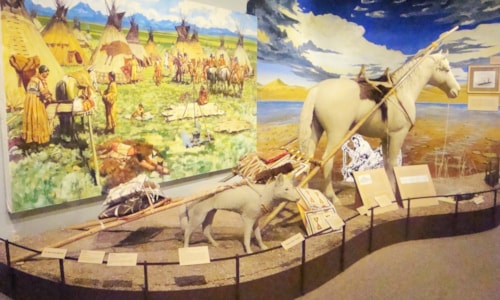Boulder Batholith
A batholith is a large mass of igneous rock covering an area of at least 40 square miles. Montana’s Boulder Batholith stretches from the Helena area south to Dillon covering about 1900 square miles. It was named for rounded boulders, a result of weathering of fractured granite and quartz monzonite and typifying the terrain the batholith occupies.
Through volcanic eruptions 60-70 million years ago, magma (it’s magma when in the earth and lava when the molten rock flows to the surface) rose to within a few miles of the surface before cooling stopped it and caused cracks and fissures to occur. The fissures, as much 50 feet wide and thousands of feet long, served as a conduit for mineral laden hot water to flow between the rocks and deposit precious metals such as copper, silver, and gold. In geologic terms this is called a contact zone or vein and is the reason southwest Montana is the most mineralized region of the state.
Sediments that covered the now solid rock eventually eroded exposing the piles of boulders we see today. These displays are specially especially noticed along the roadways ascending and descending Pipestone and Homestead passes near Butte and along the highway between Helena and Boulder.












